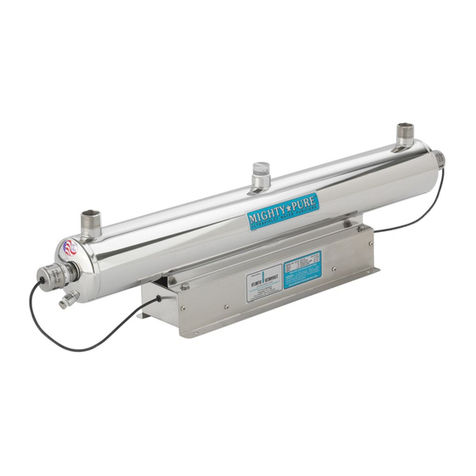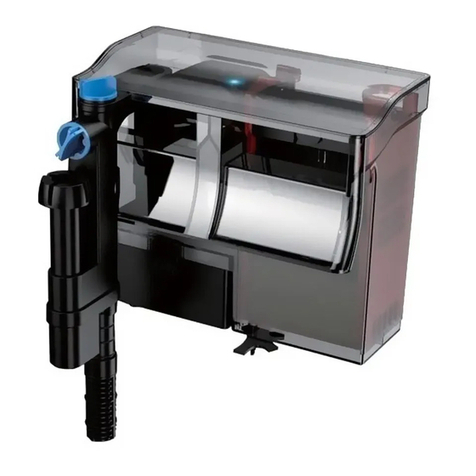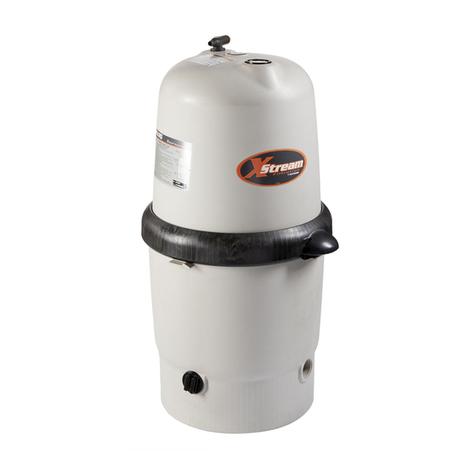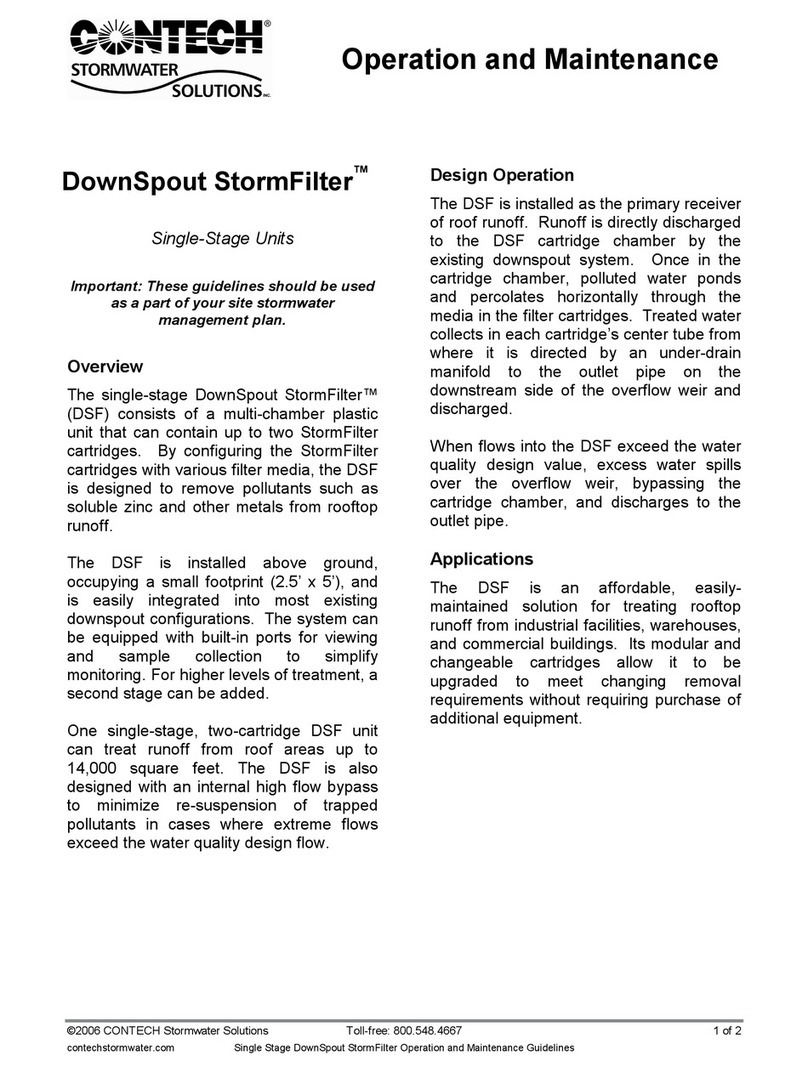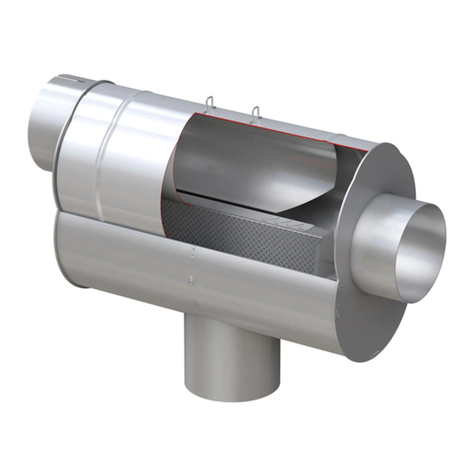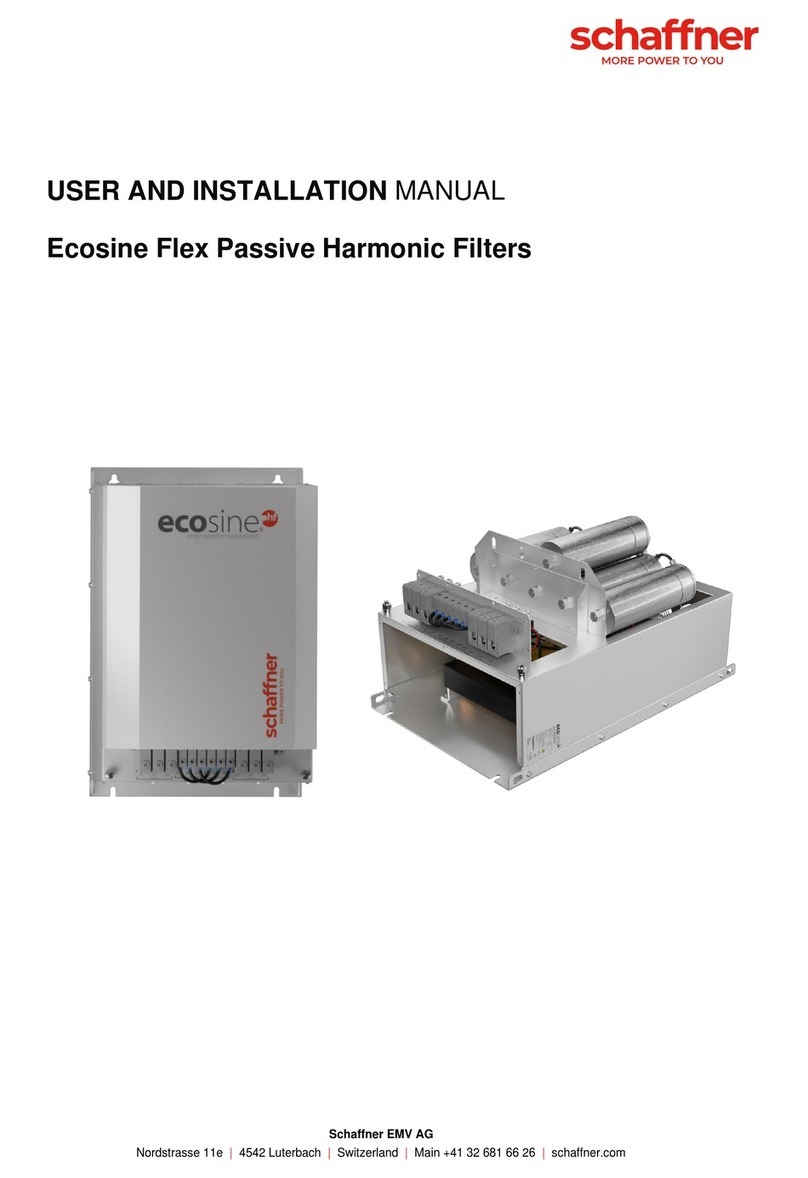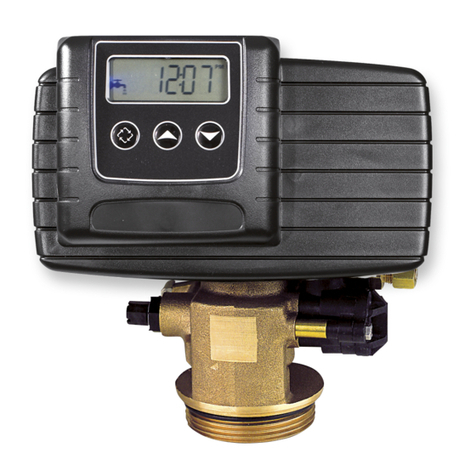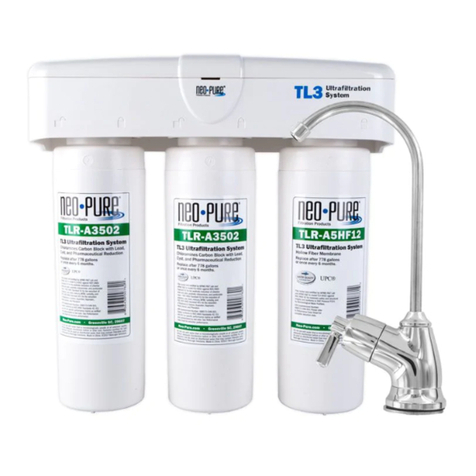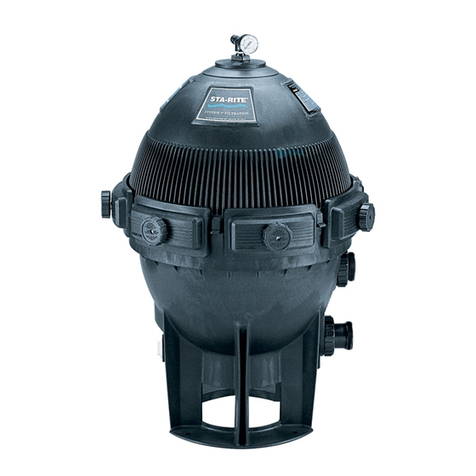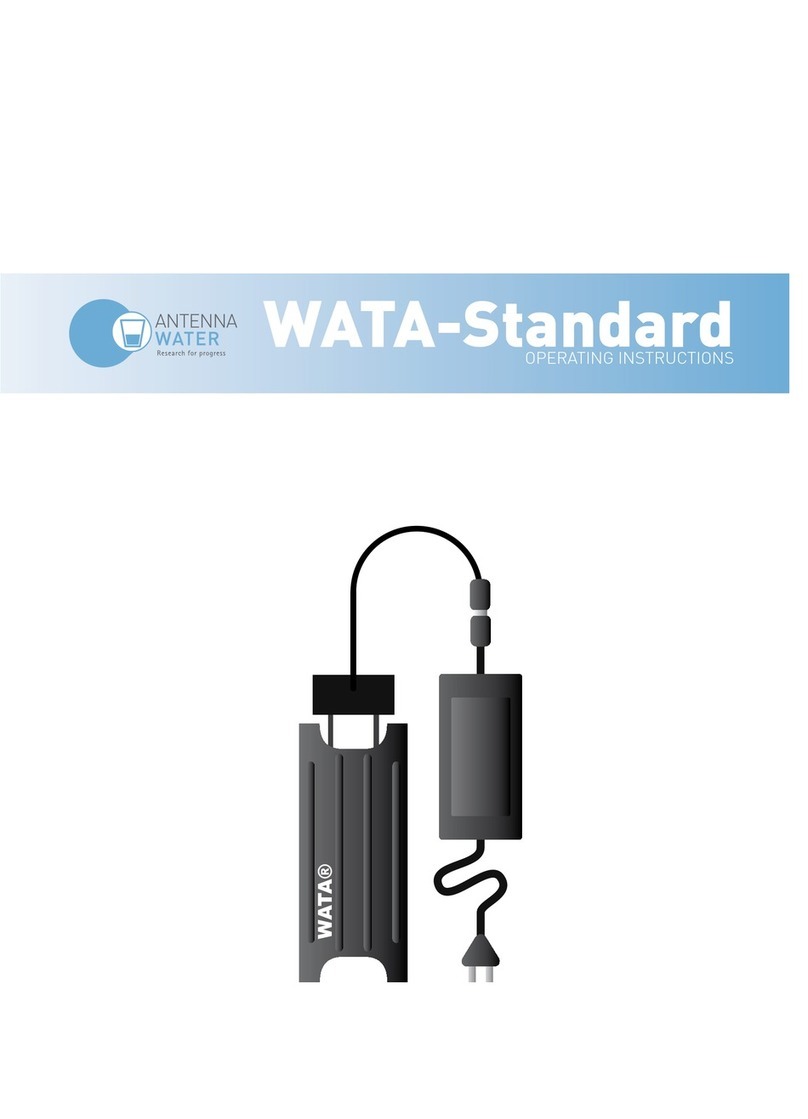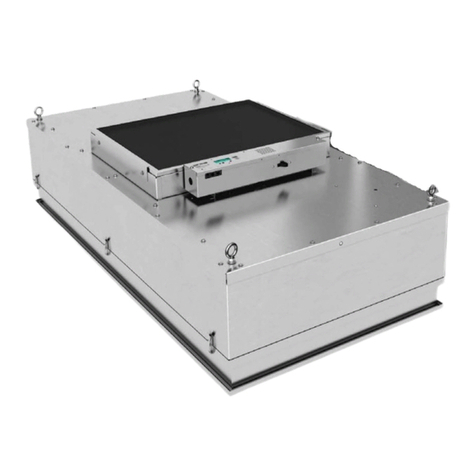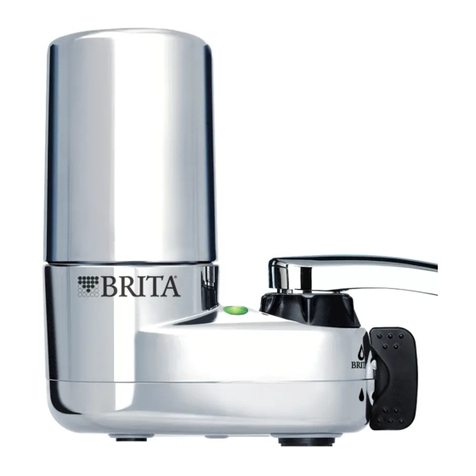2
Content
1METHOD OF OPERATION OF THE SYSTEM ..........................................................................................3
2DESIGN OF THE SYSTEM.........................................................................................................................4
3INSTALLATION AND CONNECTION OF THE SYSTEM..........................................................................5
3.1 Possible ways of installing and connecting the MELAdem®40............................................................5
3.2 Pressure of tap water...........................................................................................................................6
3.3 Installation of the MELAdem®40 to a wall............................................................................................6
3.4 Installation of MELAdem®40 to the Vacuklav®40-B/44-B.....................................................................7
3.5 Installation of MELAdem®40 to the Vacuquick®13-B / Vacuquick®14-B ..............................................9
3.6 Installation of the MELAdem®40 onto other MELAG autoclaves...................................................... 11
3.7 Connection of MELAdem®40 directly to the tap-water mains........................................................... 11
3.7.1 Conformity with the hygienic stipulations of EN 1717................................................................ 11
3.7.2 Connection to tap-water mains.................................................................................................. 12
3.7.3 Installation of the water quality monitor (optional) ..................................................................... 14
3.8 Connection of the MELAdem®40 to the Vacuklav®40-B / 44-B......................................................... 15
3.9 Connection of MELAdem®40 to the Vacuquick®14-B ....................................................................... 16
3.10 Connection of MELAdem®40 to the Vacuklav®41-B / Vacuklav®43-B .............................................. 17
3.11 Connection of the MELAdem®40 to the Vacuquick®13-B ................................................................. 18
4PUTTING INTO OPERATION.................................................................................................................. 19
5MAINTENANCE INSTRUCTIONS........................................................................................................... 19
5.1 Exchanging the mixed-bed-resin cartridges...................................................................................... 20
5.1.1 Complete exchange of the mixed-bed-resin cartridges............................................................. 20
5.1.2 Safe and water-tight closing of the cartridge housings.............................................................. 21
6TECHNICAL DATA.................................................................................................................................. 22
7CONSUMABLES AND SPARE PARTS.................................................................................................. 22
Abbildungen
Figure 1: View of the interior of the MELAdem®40.................................................................................................4
Figure 2: Incoming and outgoing positions of the hoses........................................................................................5
Figure 3: Types of Installation of MELAdem®40 ....................................................................................................6
Figure 4: Removal of the cover pieces before mounting the MELAdem®40..........................................................7
Figure 5: Position for hanging the MELAdem®40 to the Vacuklav®40-B / Vacuklav®44-B ....................................7
Figure 6: Correct position of MELAdem®40 on the housing of Vacuklav®40-B / Vacuklav®44-B..........................8
Figure 7: Housing from the rear, with mounting fixtures and adapter plate in final position..................................9
Figure 8: MELAdem®40 before attachment to the adapter plate.........................................................................10
Figure 9: Correct position of the MELAdem®40 to the Vacuquick®13-B / Vacuquick®14-B.................................10
Figure 10: Mounting fixture for MELAdem®40........................................................................................................11
Figure 11: Two possibilities of connecting MELAdem®40 directly to the tap-water mains ....................................12
Figure 12: Threading connections of the hoses of MELAdem®40.........................................................................13
Figure 13: Connection of MELAdem®40 to the Vacuklav®40-B / 44-B ..................................................................15
Figure 14: Connection of MELAdem®40 to the Vacuquick®14-B...........................................................................16
Figure 15: Connection of MELAdem®40 to the Vacuklav®41-B / Vacuklav®43-B..................................................17
Figure 16: Connection of MELAdem®40 to the Vacuquick®13-B...........................................................................18
Figure 17: Removing the filter wrench ...................................................................................................................20
Figure 18: How to use the cartridge housing wrench.............................................................................................21
